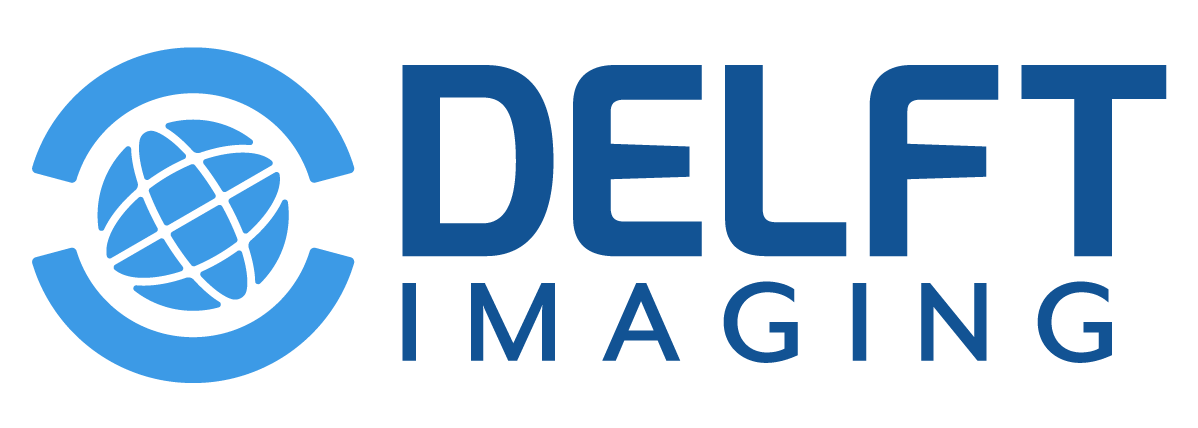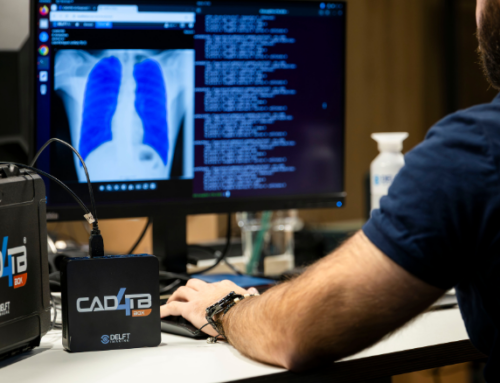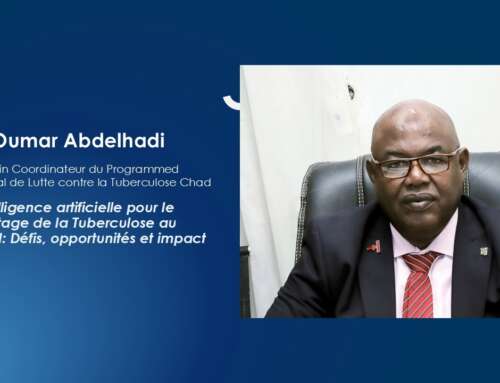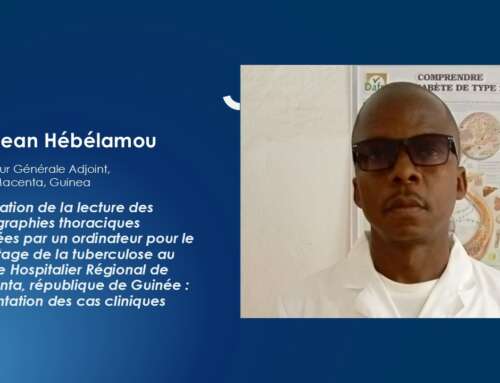Tuberculosis (TB) remains a major public health challenge, especially in low- and middle-income countries like Indonesia. The burden of TB in the workplace is significant, affecting productivity, health outcomes, and overall workforce efficiency. In our recent webinar, Dr. Richard Jones, Regional Medical Director of International SOS, highlighted the challenges and innovative solutions for TB screening in the mining industry. This blog will delve into these challenges and discuss how advancements in TB detection and control are making a difference.
The Burden of TB in the Workplace
In Indonesia, TB is one of the most prevalent diseases among workers, especially those in high-risk environments such as mining. The working conditions in these settings—crowded spaces, poor ventilation, and silica dust exposure—create a high-risk environment for TB transmission. Additionally, the rotational nature of mining work disrupts TB detection and care, leading to multiple treatment episodes and high default rates, which can result in drug-resistant TB.
According to Dr. Jones, the majority of TB cases in Indonesia are in the productive age group, significantly impacting the workforce. Workers infected with TB may require time off work for treatment, leading to reduced productivity and income loss. Moreover, workers caring for family members with TB also experience significant disruptions to their work and personal lives.
“TB can have a significant impact on the workplace affecting safety, productivity, and health outcomes. Workers who are infected with TB may require time off work for treatment which can lead to reduced productivity and income loss. Workers who care for family members with TB may also experience significant disruptions to their work and personal lives,” Dr. Jones claimed.
Challenges in TB Detection and Control
One of the main challenges in combating TB in the mining industry is the difficulty in early detection. Traditional methods like symptom-based screening often fail to identify TB cases early, particularly among asymptomatic individuals. The lack of access to quality healthcare services in remote mining sites further complicates TB control efforts.
Dr. Jones emphasized the need for a comprehensive approach to address TB in the workplace. This includes raising awareness, implementing infection control measures, conducting regular health screenings, and ensuring access to quality healthcare services. However, these measures can be resource-intensive and challenging to implement consistently, especially in remote and low-resource settings.
“We needed a comprehensive strategy to begin to address the burden of TB in the workplace in Indonesia, specifically in the mining industry.” – Dr. Richard Jones said
Innovative Approaches to TB Detection
To address these challenges, Dr. Jones highlighted several innovative approaches that have been implemented in the mining industry:
1. Raising Awareness and Education
Educating miners and mining companies about TB, its symptoms, transmission, and preventive measures is crucial. Promoting the importance of early detection and treatment adherence can significantly reduce TB transmission rates. “It’s about awareness. It’s about, you know, educating, you know, miners, but also the companies about what the challenges are, you know, just to try and frame the conversation and show them some of what I mentioned earlier, you know, the, for example, the rotational challenges that we would face,” he stated.
2. Regular Health Screenings
Conducting regular health screenings for all miners, including TB screening using techniques like chest X-rays and sputum tests, is vital. Encouraging miners to undergo screenings at scheduled intervals, especially if they have been exposed to high-risk areas or show symptoms, helps in early detection.
“This is the opportunity we saw not just in Indonesia but perhaps more widely or enterprise-wide, is to think about how could we introduce those measures more consistently, to show mining companies that they can absolutely be part of a solution without spending new money necessarily.” – Dr. Richard Jones
3. Access to Healthcare Services
Dr Jones highlighted the importance of the mining organisations to provide healthcare services for the miners. Ensuring that miners have access to quality healthcare services, including TB diagnosis and treatment, is critical. Collaborating with local healthcare providers, establishing medical facilities near mining sites, and providing resources for affordable or free TB medications can make a significant difference.
“When companies understand what the return on investment is, you know, the cut down on absenteeism, you know, more productivity, cut down on healthcare costs, obviously. But equally, for employees, I think, you know, this engagement and dealing with the stigma that’s very often part and parcel of TB, perhaps HIV, as well, or both, where this coexists, to deal with that upfront, to make sure that, that employees understand that the, you know, the support and the resources are there if they are found to be TB,” he stated.
4. Utilizing Advanced Technology
Dr. Jones mentioned the use of AI-powered tools like CAD4TB and CAD4Silicosis to improve TB detection rates. These tools help in interpreting X-rays and identifying TB-related abnormalities with high precision, even among non-expert radiologists. “The CAD4TB has shown us is, and you can see it’s not just the high CAD scores on the graphs that’s helped us to find active TB, but so we had 22 of the asymptomatic cases, which probably would have ended up as cases that would have gone to the barracks and, you know, 22 cases, which would have caused, you know, goodness knows how many other persons to be, you know, infected,” he said.
“We’ve recently added the, the CAD4Silicosis, and we’re working closely with, with Delft to, to now help us interpret, you know, where to set our, where to set our threshold for, in terms of our index of suspicion, you know, because escalating these cases, especially in a mining environment has a certain, you know, occupational impact and potential consequence,” he added.
Impact and Future Directions
The implementation of these innovative approaches in the mining industry has shown promising results. Dr. Jones shared a case study from Mimika, Indonesia, where these strategies significantly reduced the TB burden among a workforce of 30,000 employees. The success of this initiative has prompted plans to expand the use of these solutions to other mining sites in Indonesia and beyond.
By leveraging education, infection control measures, regular health screenings, access to healthcare services, and advanced technology, we can bridge the healthcare gaps in Indonesia and improve TB detection and control. These approaches provide a cost-effective, scalable, and efficient method to tackle TB in high-risk environments, ultimately enhancing the health and productivity of the workforce.
“So, for us, this (research and innovation step) is where we had the opportunity to pause and look at, and we’re very thankful to find CAD4TB because it really changed, you know, our perspective,” Dr. Richard Jones concluded.



